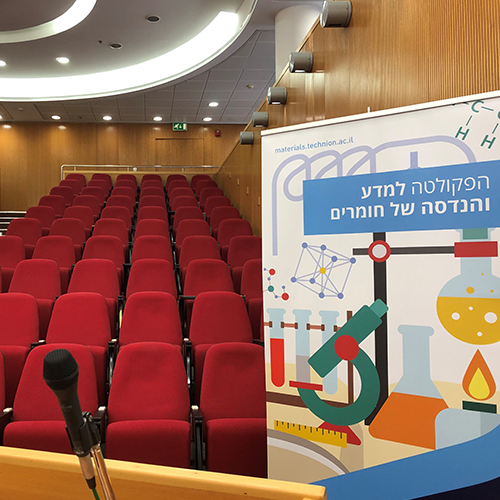
Ms. Noa Ben-Moshe – M.Sc. Candidate
21/09/2025
David Wang Auditorium, 3rd Floor, Dalia Maydan Bldg.
13:30
Preterm birth is one of the leading causes of morbidity and mortality among infants worldwide, with long-term consequences for both the baby and the parents, and yet the underlying mechanisms driving this disease are widely unknown. Fetal membranes associated with preterm birth have long been thought to be mechanically weaker than their Full-term birth counterparts, and previous destructive mechanical testing has largely concurred. However, our measurements of the intrinsic viscoelastic properties of human fetal membranes using nanoindentation have indicated that both the structure of tissue and its mechanics are dramatically different depending on the birth outcome, with preterm appearing to be the least remodeled and degraded of the fetal membrane tissues. A clinical survey of five different birth outcomes with varying degrees of mechanical stimulus during pregnancy through the form of contractions and fetal movement was conducted, including elective and emergency Cesarean Section births. It was found that both their bundled collagen architecture, using Second Harmonic Generation microscopy, and their mechanical properties were distinct, correlating with the amount of Braxton-Hicks contractions and remodeling. Understanding the link between bundled collagen microstructure and mechanical properties provided fresh insights into the importance of mechanical stimulus during pregnancy on tissue remodeling and eventual birth outcome. These findings pave the way for non-destructive preterm birth risk assessment, as well as future therapeutic targets to mitigate negative birth outcomes in the future.


